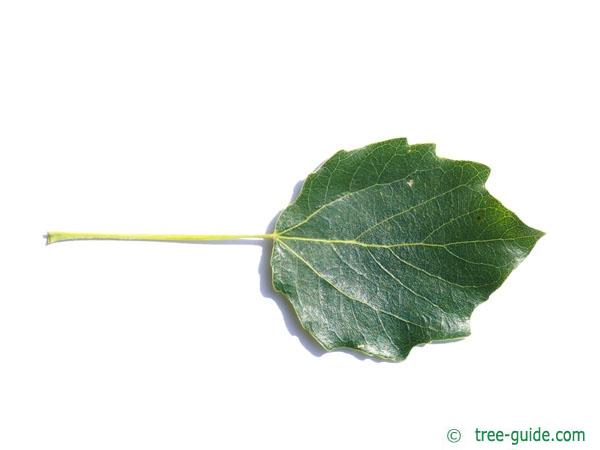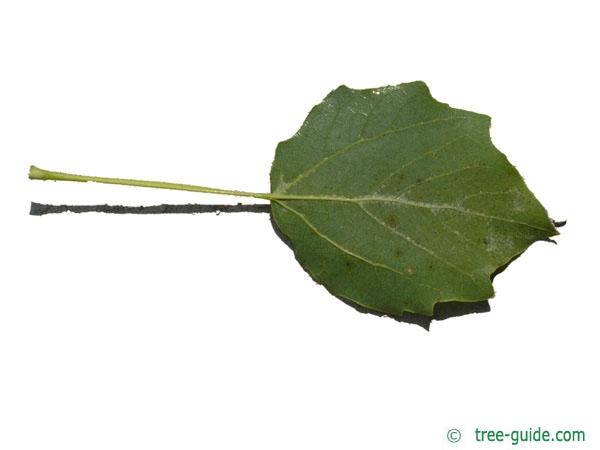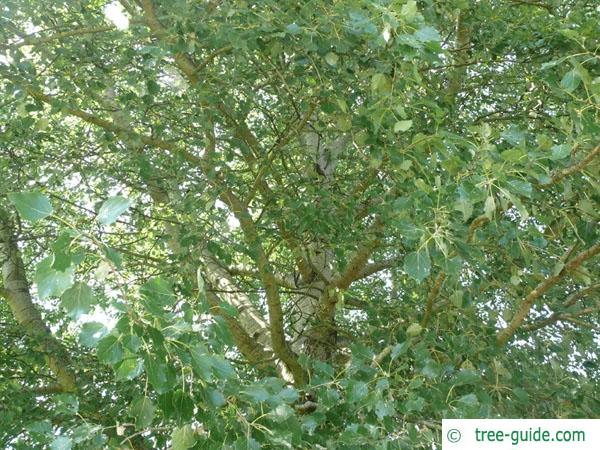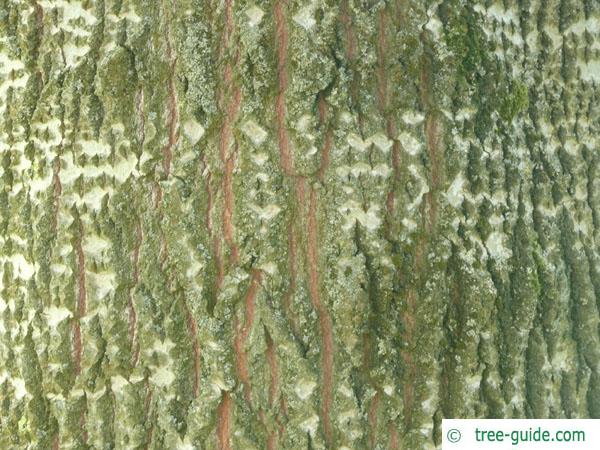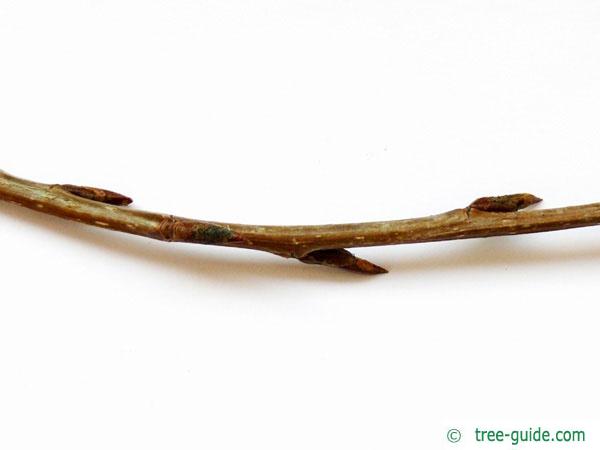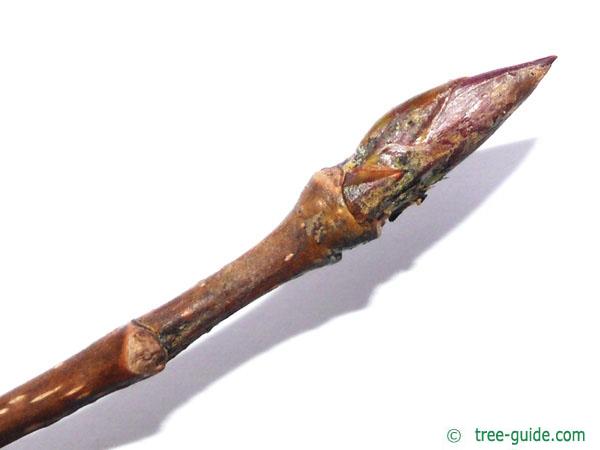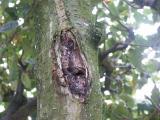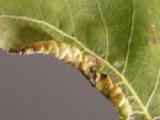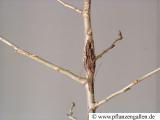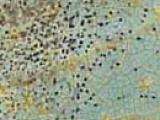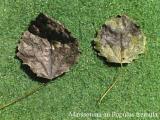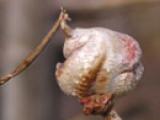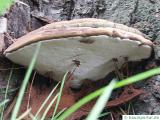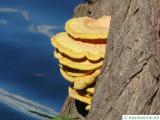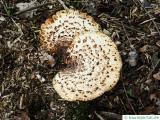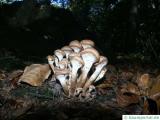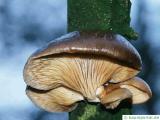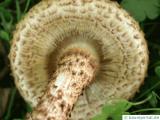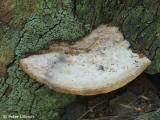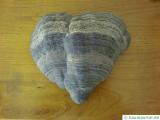Basisdaten
The gray poplar is a hybrid of aspen and white poplar and is found in the temperate zones of the earth.
Tree profile
The leaves of Grey poplar are round to ovoid and slightly lobed. The lower leaf side is gray tomentose. The leaf-margin is notched.
The male catkins are gray to reddish. The female inflorescences (catkins) are greenish.
The seeds are very small and forming white seed wool.
The twigs are greenish yellow to light gray with lenticels and leaf scars. The buds are oblong, brown and taper to a point.
single tree or planting in groups, pioneer plant
Poplars additional information
overview leaves | overview blossoms | overview fruit | overview trunk
overview winter | overview trees







